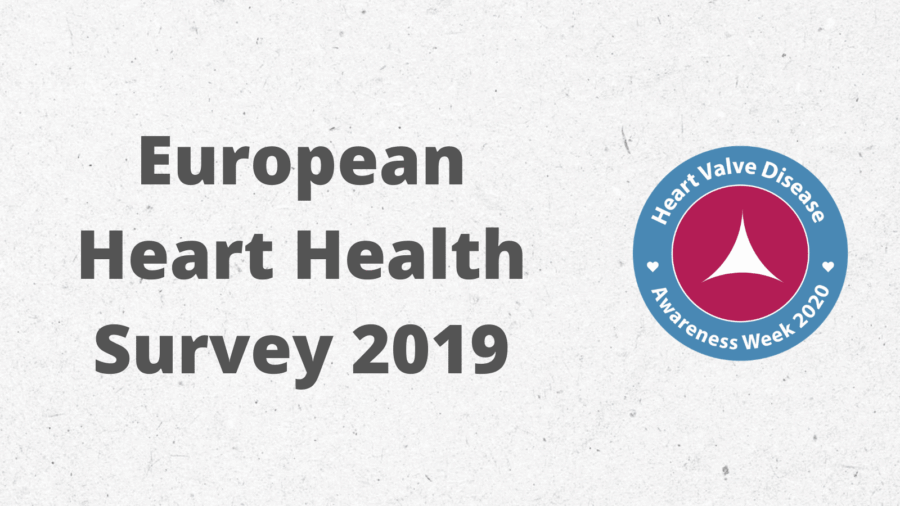
- Version
- Download 230
- File Size 1.35 MB
- File Count 1
- Create Date October 30, 2020
- Last Updated September 6, 2023
Heart Health Survey in Clinical Cardiology
A message from Wil Woan, Chair of the Global Heart Hub Heart Valve Disease Patient Council
Global Heart Hub’s Valve Disease Patient Council was encouraged to see the publication of our Heart Health Survey in international clinical research journal, Clinical Cardiology, last week, strengthening the core message of the survey and giving it more power to raise awareness and affect policy change of this common, serious, but treatable condition.
The Heart Health Survey mapped the cardiovascular treatment pathway across Europe. It analysed how awareness and diagnosis of heart valve disease in Europe compare to our global partners, as well as looking at more granular comparisons between European countries.
The survey found that overall awareness of heart valve disease was very low, at just 5.6%, and crucially that the number of over 60s receiving regular stethoscope checks, the first step to timely detection, fell well below the level required for optimal pathways.
The Survey demonstrates clearly that our older population is a key, yet underestimated, contributor to the effective functioning of our communities, families and economies, so improving the awareness, diagnosis and treatment of heart valve disease will benefit us all.
We’re delighted to see the survey gain more accreditation, as it has already proved a powerful resource to support our four Calls to Action (Awareness, Ask, Action and Access) which aim to improve diagnosis and access to treatment. This publication will only serve to strengthen its capacity to shape policy, improve diagnosis and treatment, and save lives.
Abstract
Background
Rising life expectancy in the western population is increasing the prevalence of heart valve diseases (HVD).
Hypothesis
The level of awareness and initial screening for HVD should be sufficient. The potential impact of HVD on the daily activities of the elderly population in Europe might affect our society.
Methods and Results
A survey was conducted, including a total of 12 832 people aged ≥ 60 years in 11 European countries. Of all the people surveyed, 5.6% could correctly describe aortic valve stenosis. Most participants (75.0%) claimed they regularly do activities like sports or social activities, 29.2% provide care for a family member, friend or acquaintance. The majority (69.2%) would be prevented from doing these activities by symptoms such as chest pain, fatigue or shortness of breath. Having chest pain (76.5%) and shortness of breath (57.8%) were reasons for most people to arrange an appointment with their GP, whereas only 26.2% would visit a GP for fatigue. 67.6% of respondents claimed to be checked with a stethoscope by their GP occasionally, never, or only when they ask. The preferred treatment option for HVD is a keyhole procedure (45.8%), whereas open heart surgery would only be preferred by 7.0%.
Conclusion
Knowledge about HVD is still low. Neither appointments with a GP driven by symptoms nor regular use of a stethoscope are a reliable guarantee for early diagnosis. With the over 60s in Europe playing an active role in social life, awareness campaigns and regular heart health checks may guarantee early diagnosis and treatment of HVD.

